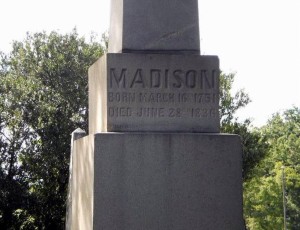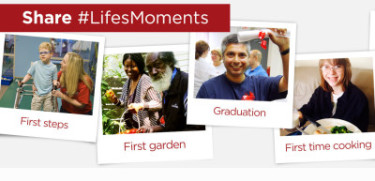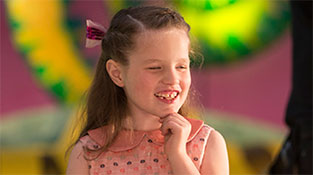Good accessible NCAA brackets
by Beth Finke
 Close your eyes for a minute and try to imagine someone reading through the NCAA Basketball bracket out loud to you. “Okay, there’s Hampton and Manhattan, and then if Kansas beats New Mexico State and then Wichita State beats Indiana and then Notre Dame beats Northeastern and Butler beats Texas…but if New Mexico State surprises Kansas and then Wichita State beats Indiana and then Northeastern beats Notre Dame…well, that changes the whole bracket.” It’s already mind-boggling, right? And I haven’t even started with seeds yet!
Close your eyes for a minute and try to imagine someone reading through the NCAA Basketball bracket out loud to you. “Okay, there’s Hampton and Manhattan, and then if Kansas beats New Mexico State and then Wichita State beats Indiana and then Notre Dame beats Northeastern and Butler beats Texas…but if New Mexico State surprises Kansas and then Wichita State beats Indiana and then Northeastern beats Notre Dame…well, that changes the whole bracket.” It’s already mind-boggling, right? And I haven’t even started with seeds yet!
My family and friends have been filling out brackets for the Men’s NCAA Basketball Tournament for years, and my colleagues have filled out brackets here at Easter Seals Headquarters before, too. I never participate, though. The online brackets aren’t compatible with the speech synthesizer I use with my laptop, and trying to remember or even memorize the brackets and seeds that volunteers read out loud to me isn’t much fun, either.
Eyebrows up! I just found out about a prototype Accessible NCAA Tournament Bracket that’s meant to “make March Madness more accessible to the full spectrum of college hoops fans, including those using non-visual interfaces such as screen readers and those who are physically unable to use a mouse.” The bracket was put together by Terrill Thompson, the technology accessibility specialist with the University of Washington, and part of the reason it’s accessible is that it’s well-structured. Headings, sub-headings and lists make it much easier for users who can’t see to navigate. The site even includes a link for tips on how to use a screen-reader to understand the relationships between the teams.
The pool feature on the Accessible NCAA Tournament Bracket site finally allows those of us with disabilities to make our own tournament picks without help –- or opinions! — from others. Lots of online tournament pools allow users to enter using their computers, but this pool uses HTML forms to capture users picks, which makes it more accessible to everyone.
But wait. There’s more! The site developer is hoping users might be willing to fill out an accessible sports survey to help him collect data about people with disabilities and their interest in sports. He’ll use the data to come up with a business case to motivate online sports authorities to improve their accessibility. Please spread the word!
Related easterseals.com content for sports lovers:
- Learn about a baseball league for kids of all abilities, the Miracle League.
- Now’s the time to sign up for an accessible camp near you!








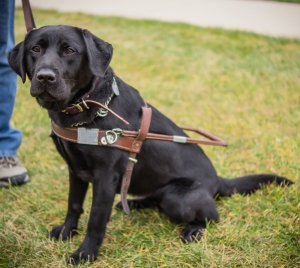

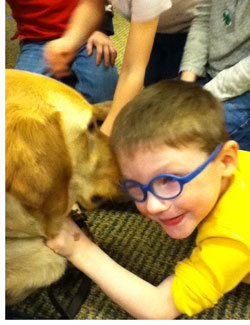 We’re focusing on inclusive childcare centers this month, and that gives me a great opportunity to tell you about a trip my Seeing Eye dog Whitney and I took to
We’re focusing on inclusive childcare centers this month, and that gives me a great opportunity to tell you about a trip my Seeing Eye dog Whitney and I took to 

